Differences Between Crypto Options And Futures
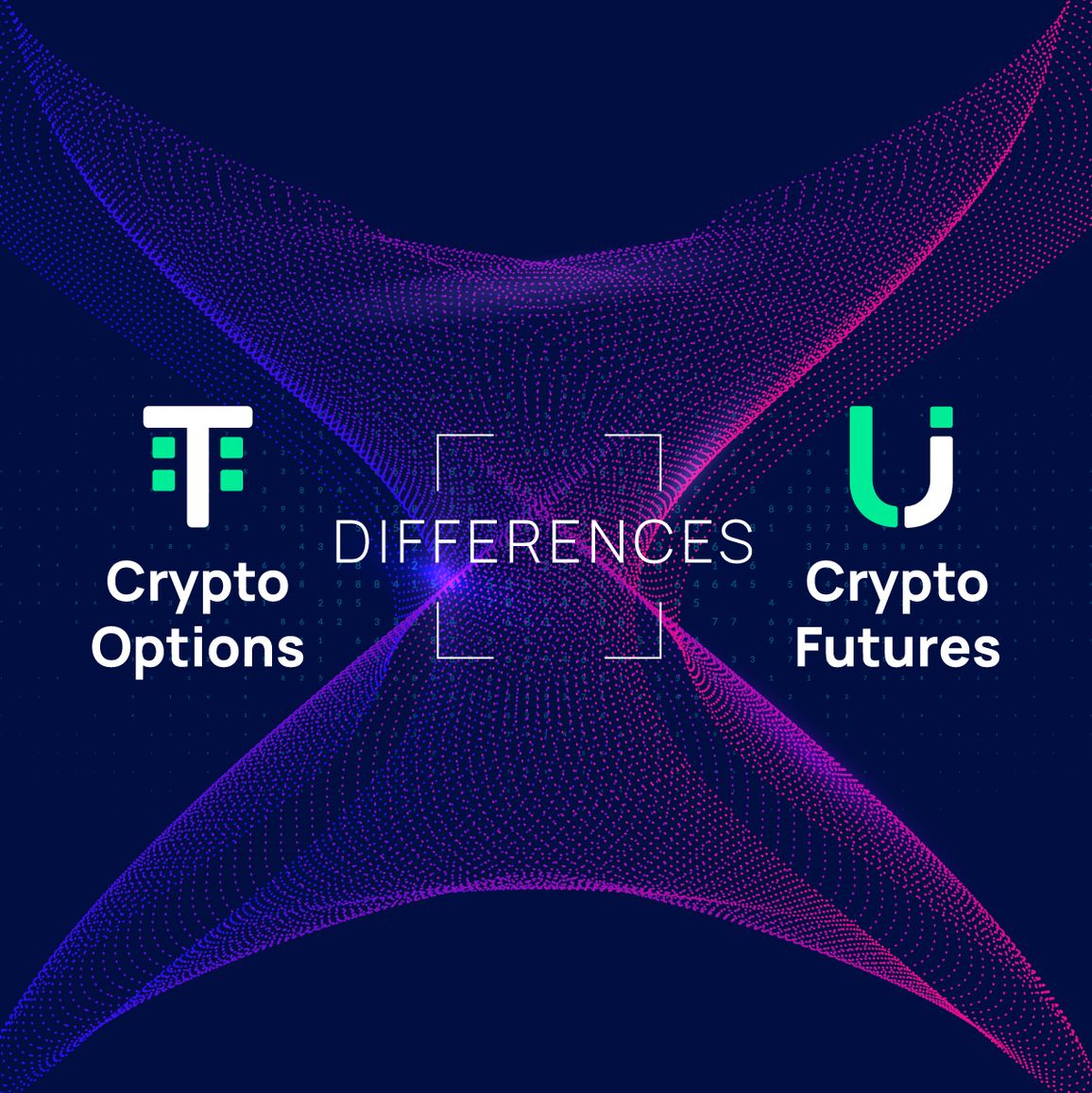
Cryptocurrency is taking over the traditional finance industry. Creating a permissionless and all-inclusive financial system. Part of its advancements is in Crypto Options and futures. These are derivative products that crypto has used to increase its stability and yield to give investors an alternate finance option. This article will discuss crypto options and futures, and the differences between them.
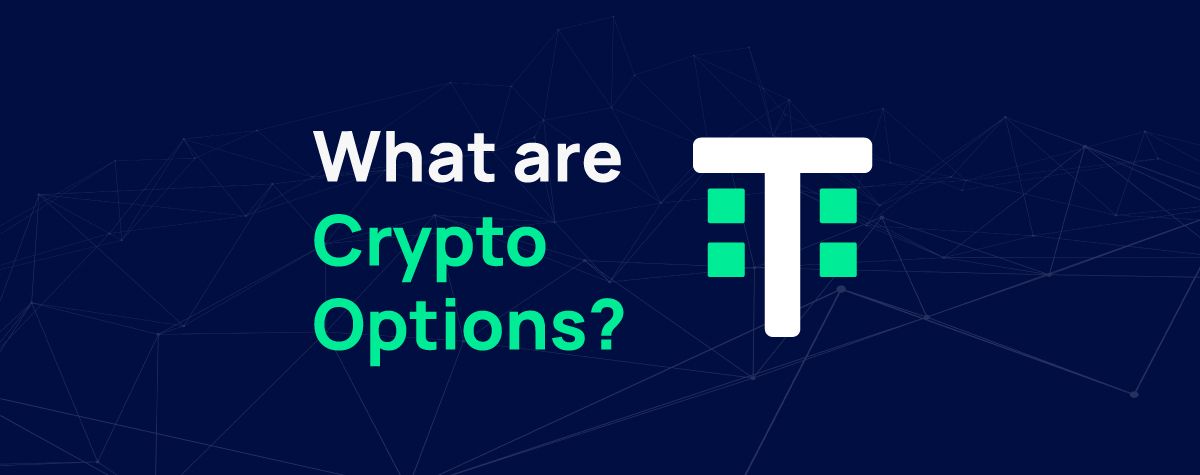
Crypto options are trading tools to hedge against risk and speculate on prices. As its name implies, you have the ‘option ’ of choosing whether to exercise your contract or not. It is a contract that gives crypto traders the right but not the obligation (or compulsion) to sell or buy an underlying crypto asset. This is done at a fixed rate valid through a given duration. It works as a security for tradersagainst volatility. You don’t necessarily need to own a crypto asset before trading crypto Options. This is termed a naked call option. You could buy options to buy assets or sell them at a later date without owning them. The terms associated with options trading are:
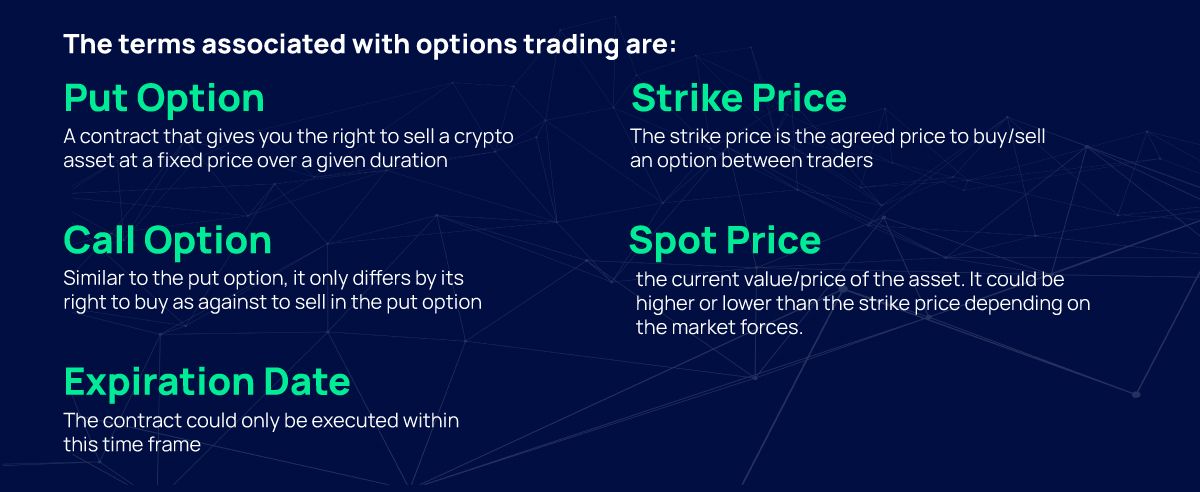
Put option: This is a contract that gives you the right to sell a crypto asset at a fixed price over a given duration. You buy the put option when there is a speculative future reduction in crypto asset prices
Call option: This is similar to the put option, it only differs by its right to buy as against to sell in the put option. It is a contract that gives you the right to choose whether to sell your crypto assets at a fixed price over some time. The contract is usually done when there is a speculative future increment in crypto assets
Strike price: This is the term used for the agreed fixed price in a call option. The strike price is the agreed price to buy/sell an option between traders.
Spot price: This is the current value/price of the asset. It could be higher or lower than the strike price depending on the market forces. Spot prices lower than the strike price results in a profitable put option and vice-versa. While a spot price lower than the strike price result In a profitable call option and vice-versa
Expiration date: This is the agreed maturity time of the contract. The contract could only be executed within this time frame. Beyond this, it's no longer valid.
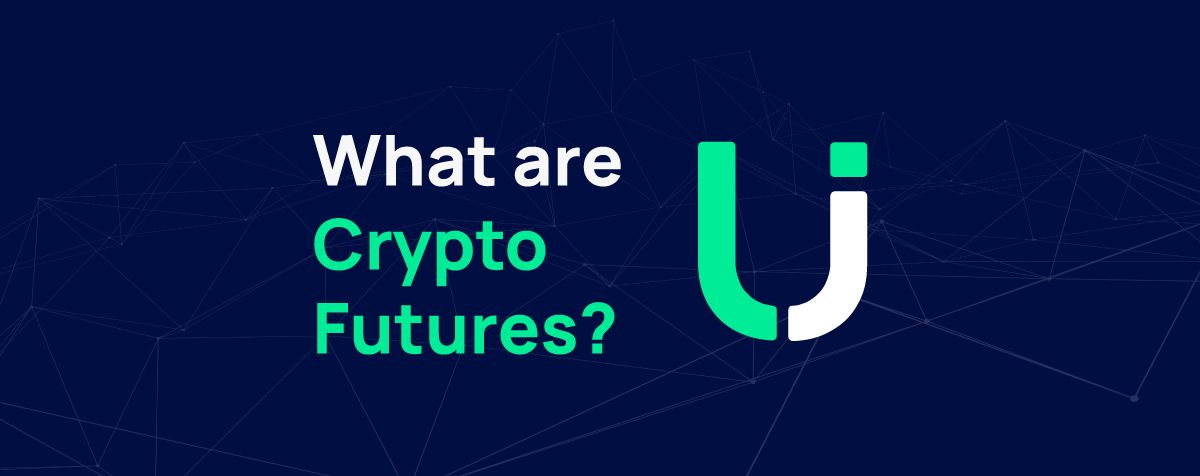
Crypto futures are trading tools in which the buyer and seller fix a price to buy/sell an asset at a later date. In other words, It is a contract where two parties agree to future transactions on a particular day and at a certain price. Crypto Future contract helps the buyer in planning and price speculation. On the other hand, it gives the crypto asset owner the security against risks, volatility, and unforeseen situations. The two forms of crypto futures are:
Long-term trading: Long-term trading happens when you purchase crypto with the plan to sell in the future. By trying to sell in the future, you anticipate a price increase of crypto and assets. Crypto traders go on long term trading when the anticipate a price increase. They put combined strategies in place to execute alongside the contract to maintain a winning position. The long term futures trading if well strategized gives multifold of returns.
Short-term trading: In short-term trading, traders borrow money to buy more crypto, they trade for a short time while anticipating a drop in price so that the borrowed money can be returned when the price is lowered. This form of futures trading is executed within the period of a month to few months. The quick turn over is the major gain here alongside the security the contract holds against price.
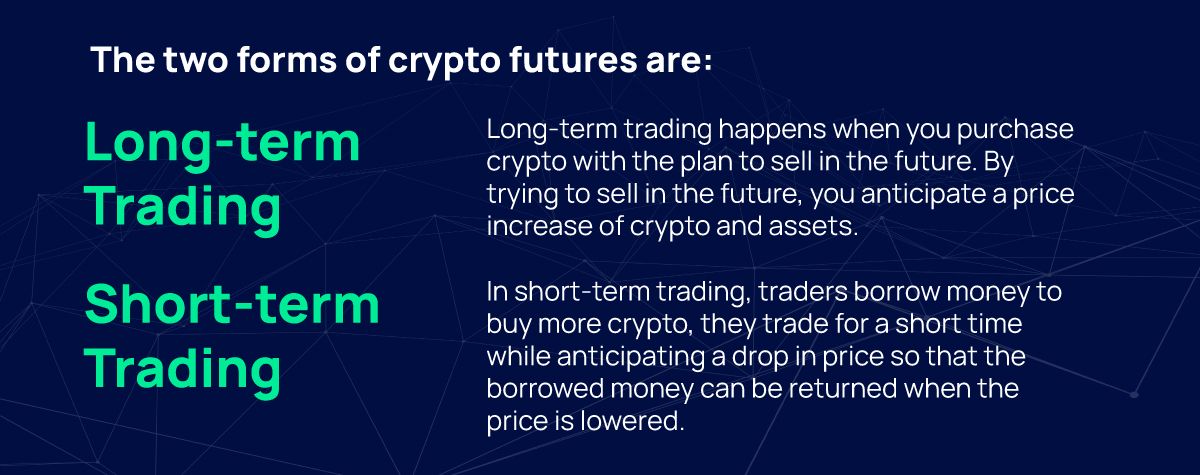
Differences Between Crypto Options And Futures
These two derivative products are mainly used to hedge against risk in crypto investments. They are used in-depth strategically, putting available data and future predictions into consideration. Part of the strategies here is the bullish and butterfly strategies, among others. The returns on trading could quadruple the potential losses at times. While the two are of tangible significance in crypto trading, they exhibit distinct differences which include:
- Options are mere rights while futures are obligations:
One of the major differences between these two is in their modes of execution. An option buyer might decide not to exercise his right if the odds are against him. This is yet not possible for a future buyer; the contract must be executed regardless of how the odds are. This puts the future traders in a tight spot and gives liberty to the option traders
- Futures are executed on a fixed day, options are not:
In addition to modes of agreement, the two terms differ in their duration or validity period. Futures are agreed to be executed on a particular later date while option has its validity over an array of days. This gives flexibility to exercising options on any day within its array of days while futures can only be executed on a designated day as agreed in the contract.
- Crypto futures market is relatively larger than options:
Crypto futures trading enjoys economies of scale because it's an old market as against Options market. Big shots investors are already in this market because of this and Futures trading are generally more common than options. The market is more developed and traders explore better than in options trade
- Sorting out profit and loss is more complicated in futures than it is in options trading:
This is a bit more complicated in futures than its less complicated way in options trading. This is because of their modes of trading and the better flexibility nature of option trading
- The risk of future trading is higher than options:
Apparently because of the aforementioned reasons. Option traders enjoy the flexibility and can opt-out when the odds are against them. This minimizes their loss to only the premium paid for the Options trading. This is unlike futures; it’s a fixed contract regardless of what the future holds. Future traders sell out only part of their assets as security and hold firmly onto whatever is left. This is to benefit from the current price if it’s higher than the previously agreed price.
Conclusion
Both crypto options and futures are predictive trading tools to minimize traders' exposure to risks and speculate prices. They are however not without their shortfalls. They should be strategically used in trading after reasonable consideration of the odds at stake. Crypto Futures and Options could be traded on exchange platforms such as Bit.com, Binance, LedgerX, Quedex, DeriBit, BitMex, and Huobi among others.
Disclaimer: This article should not be taken as financial or investment advice. Making an investment or financial decision is a choice. Do your research!

